What is user-generated content and should you use it?
Learn how user-generated content can grow your channel. Discover what UGC is, its benefits, what it looks like on Instagram, TikTok, and more.
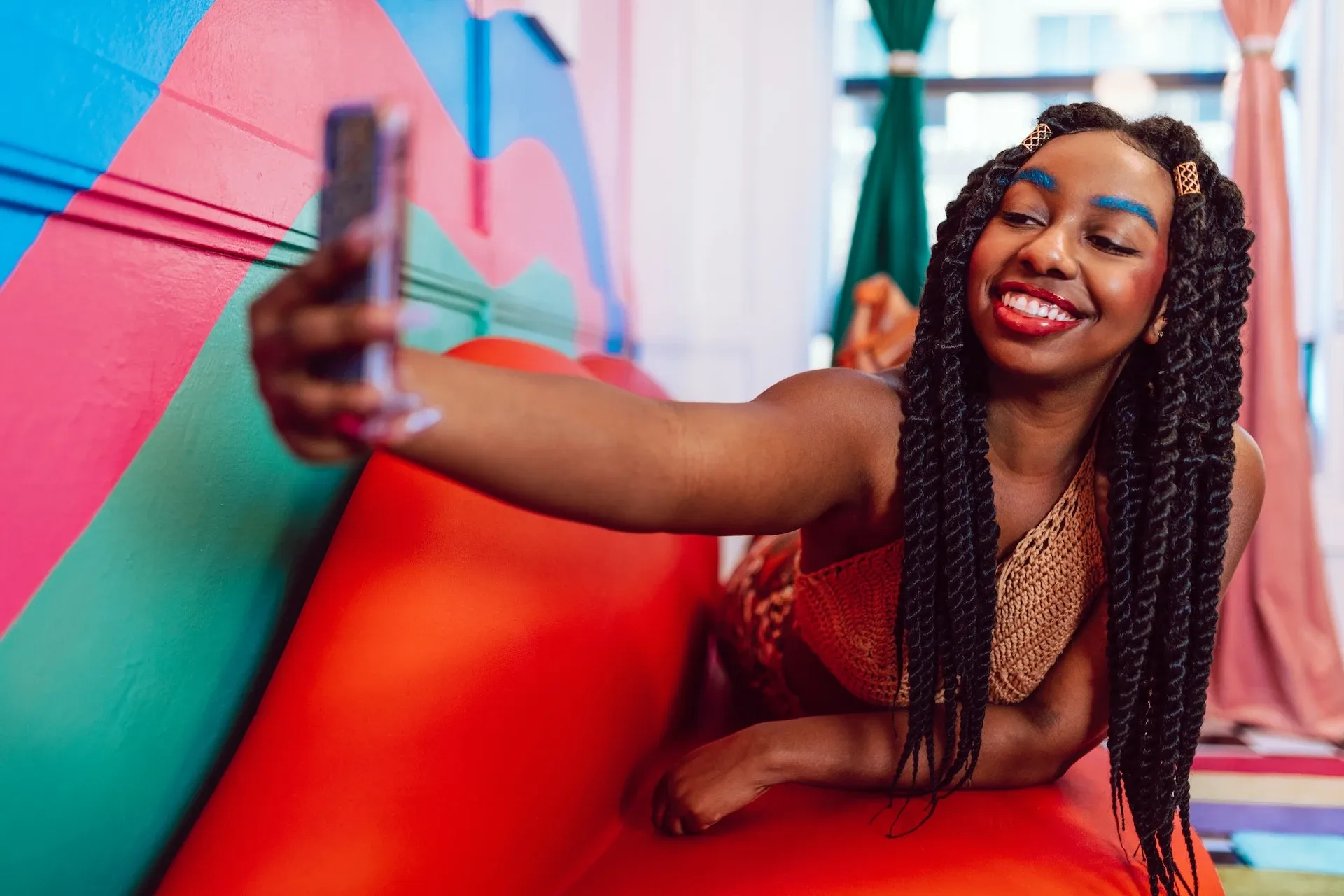
User-generated content is a great tool for boosting engagement, brand equity, and purchases. But what is it, what are the best examples, and how can you use it to your brand’s advantage? Let’s have a look at all of that below.
What is user-generated content?
User-generated content is brand-related content created by customers, viewers, or other curious cats. It’s kicked off by the brand in question, usually with a call to action in the form of a hashtag.
Users create their own take on the prompt, which can then be reposted or repurposed by the brand. Even if the brand doesn’t use the content, it still raises awareness.
You might sometimes see user-generated content being called UGC or customer-generated content, and it can come in a bunch of different mediums. They include, but aren’t limited to:
- Images
- Videos
- Product reviews
- Live streams
- Blog posts
- Testimonials
- Social media posts
- Long-form YouTube content
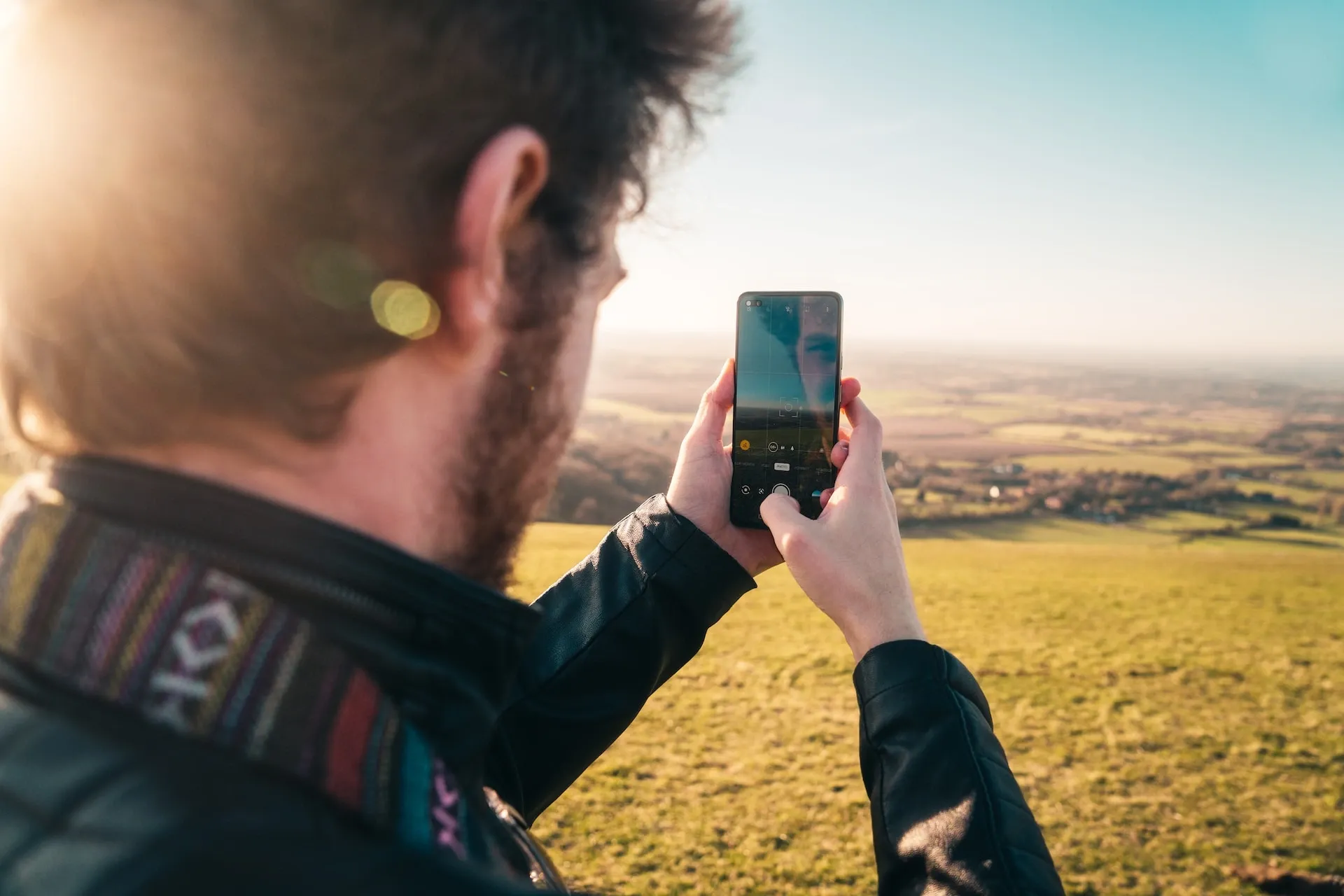
Who creates user-generated content?
User-generated content is created by, well, users, but it doesn’t end there. Let’s look at the different ways people approach UGC.
Customers
Genuine customers are the most common creators of user-generated content. Whenever someone shows off a new product, unboxes it, or gives a snappy review on social media, they might use the corresponding hashtag or handle to join in the UGC fun.
They’d likely find the necessary deets through your socials. For example, if you’ve posted a photo of your product or service and told followers to tag you for the chance to be featured on your feed, then they’ll engage that way. Alternatively, calls to action are often stated on product packaging and instruction manuals nowadays. There are more ways than ever for people to get involved!
Fans of your brand
Dyed-in-the-wool supporters don’t need telling twice. If someone just loves your brand and what you stand for, they might even reach out to you and ask to produce some UGC.
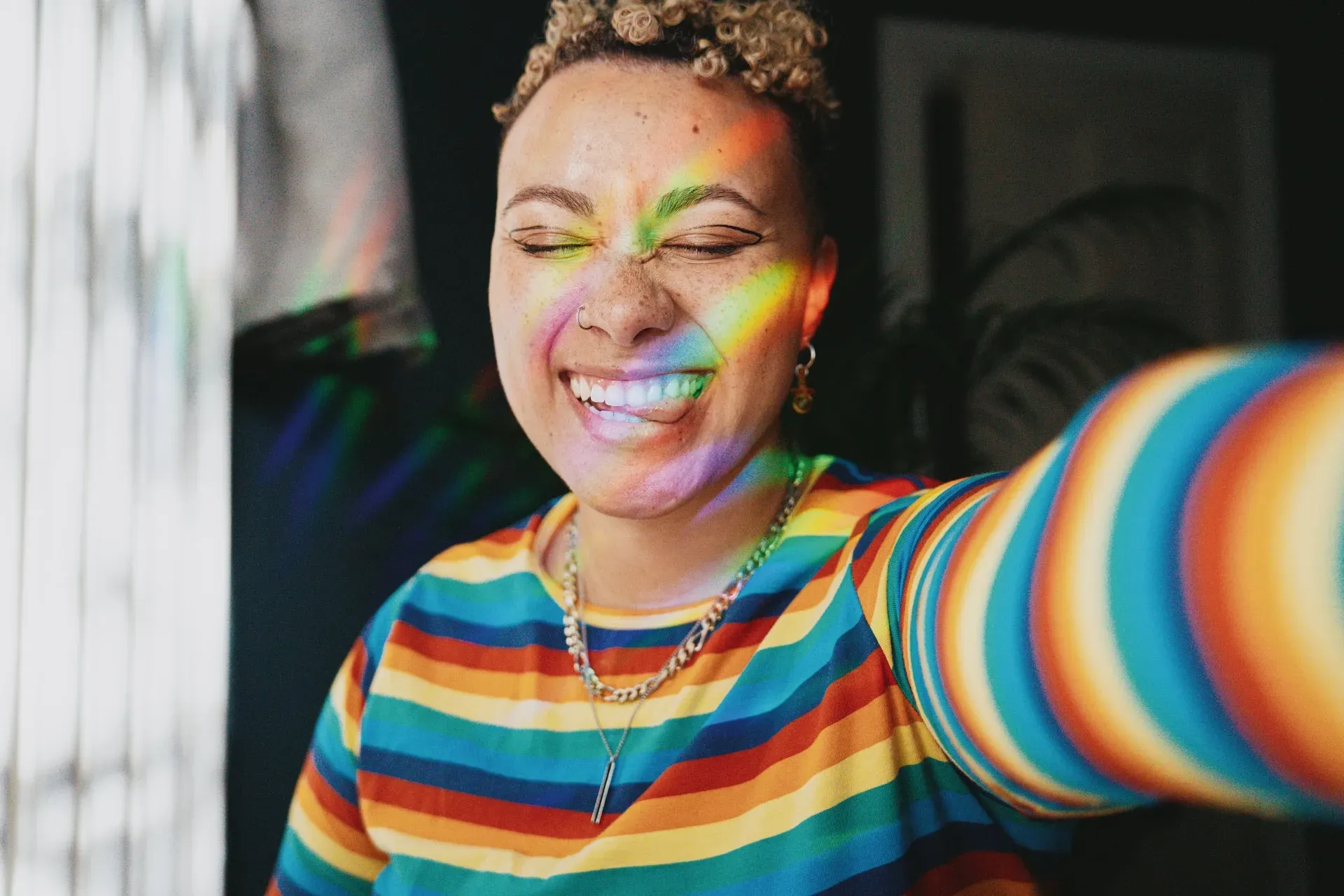
UGC creators
UGC creators go one step further than regular customers and fans. They’ll enter sponsorship deals to deliver curated content that looks like organic UGC, but is, in fact, paid-for content designed to showcase certain products.
This kind of user-generated content can go a long way, as long as it’s labeled as an ad or partnership. Otherwise, if people find out that it’s paid-for later down the line, they’ll probably feel like you’ve been dishonest.
Employees
Getting your co-workers in on user-generated content can boost your brand equity. After all, if the people who work for you are having a blast, that must mean something, right? Co-workers using the product, packing it, doing behind-the-scenes interviews, tours of the warehouse – anything and everything can add a little spice here.
In a nutshell, user-generated content is real content created by real people, usually leveraged by a brand for some commercial purpose. As long as the company setting up the UGC is transparent about how said content will be used, there shouldn’t be much to worry about.
Something else you needn’t worry about is music. Soundtrack your content the right way with our 40,000 tracks.

What are the benefits of user-generated content for brands?
As you can probably guess, there are tons of upsides to user-generated content. Here they are in chewable, bite-sized form:
- It can influence purchases: Sure, you’re bound to say your own product or service is the bee’s knees. But when a random person from the street says the same thing? That’s the kind of endorsement potential buyers find valuable.
- It’s budget-friendly: If you don’t have a huge budget, UGC can help pad out the number of assets you need for a campaign. You can even request user-generated content directly through Instagram Shopping.
- It helps you keep track of who’s using your product: As long as you use a unique hashtag that can’t be confused with something else, tracking engagement and responses will be a breeze.
- It produces honest feedback: While you don’t want trolls spamming your hashtag, user-generated content can lead to thoughtful discussions about your product or service. You might receive some constructive criticism via UGC that you might not have gotten elsewhere.
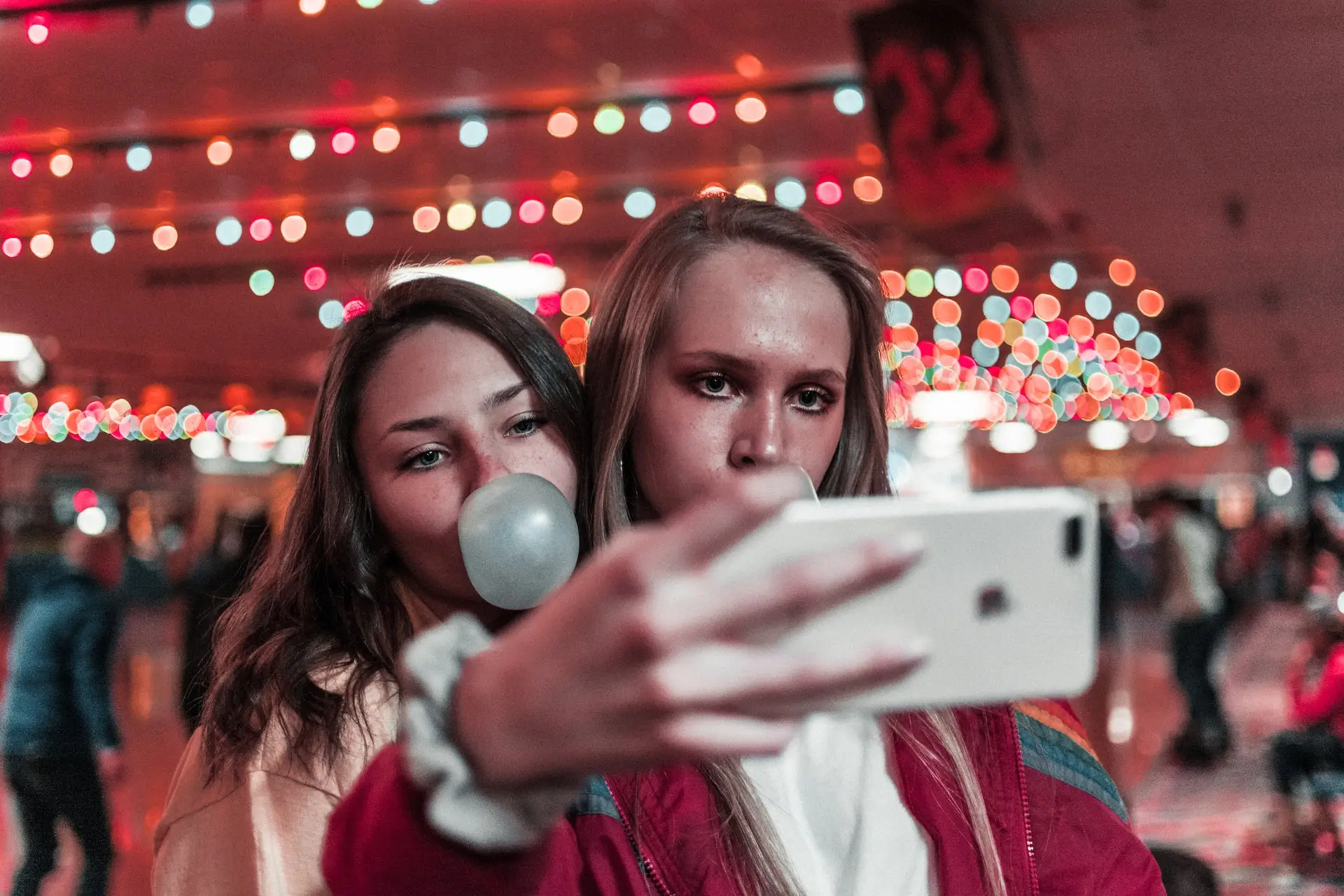
What are the disadvantages of user-generated content for brands?
User-generated content isn’t all fun and games. While there are plenty of upsides, they don’t come without drawbacks. Here are a couple of things to be mindful of when running user-generated content:
- Legal troubles: We’ll touch on this more when we discuss permission, but it bears repeating. Unless you receive explicit consent to use people’s creations in your campaigns, you could end up with some unwanted legal pushback.
- Negative content: Unfortunately, the internet’s full of trolls. When you go out there with a user-generated initiative, there’s always a chance that people will post negatively just because they can. It’s a sad reality, so make sure you and your co-workers are prepared for the worst. On that point, don’t rely on bots to post UGC, or you’ll end up with something like the #WalkersWave campaign. Google it, if you dare.
Do brands need permission for user-generated content?
The internet is a bit of a Wild West these days, but that doesn’t mean you can take shortcuts regarding copyright. Any user-generated content is automatically copyrighted by the original content creator.
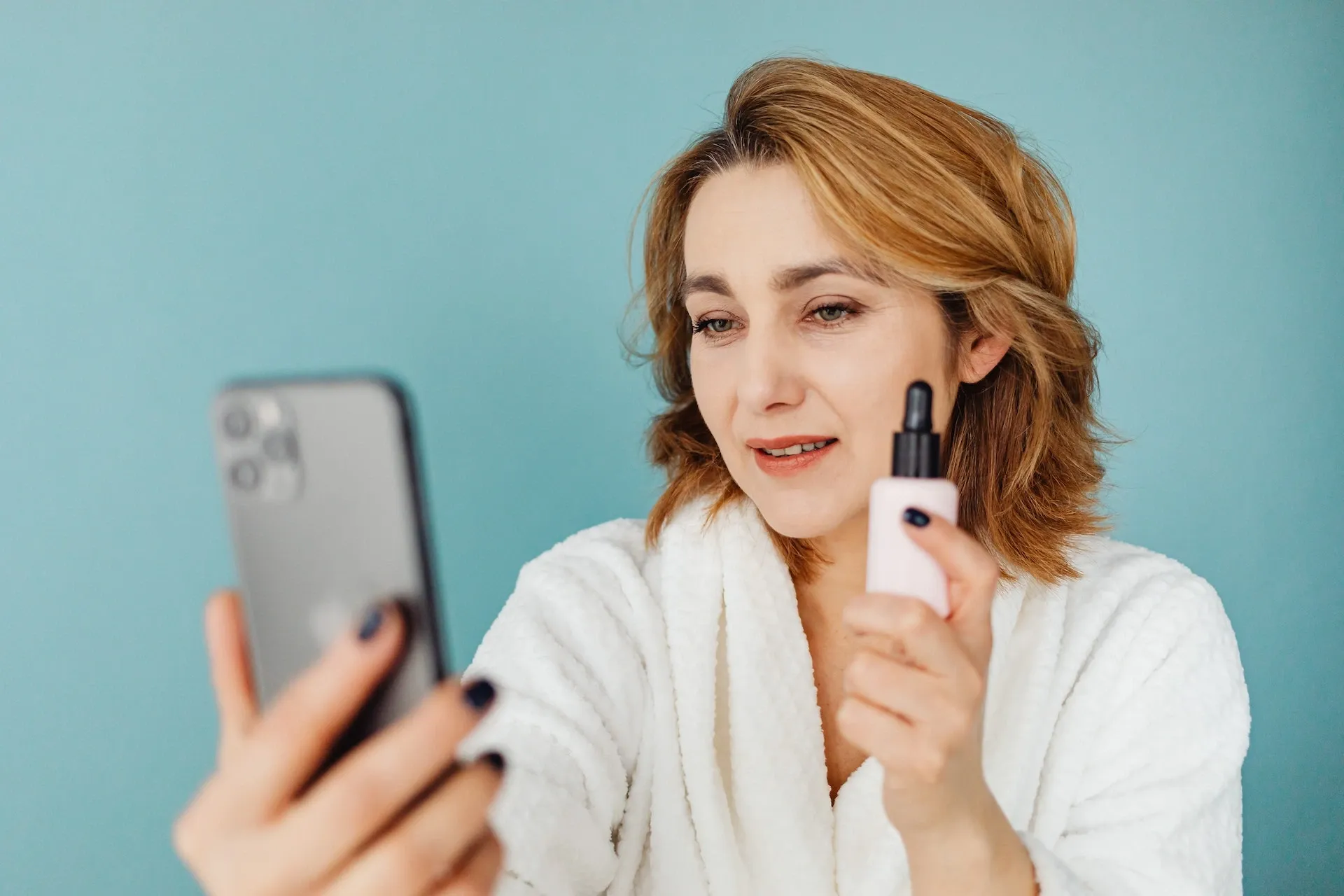
Sometimes, brands will accept implicit permission when choosing and using user-generated content. This means that if a user tags their content with the brand’s specific hashtag, then that’s considered ‘enough.’
But in some cases, the user could have stumbled upon that hashtag without knowing it’s part of a campaign. If you use someone’s content for your campaign without permission, you’re infringing on their copyright and could leave yourself open for claims and legal headaches. It’s not worth it!
Ideally, you need explicit consent from the original content creator to use their content in your campaigns. You can directly ask them if you’re reaching out, and if you’re generating content from a competition or giveaway, ensure that your intention to use entrants’ content is spelled out clearly before they enter. If you can help it, don’t tuck these details away in tiny terms and conditions. While this is legal, it might annoy people and leave them feeling like they’ve been tricked.
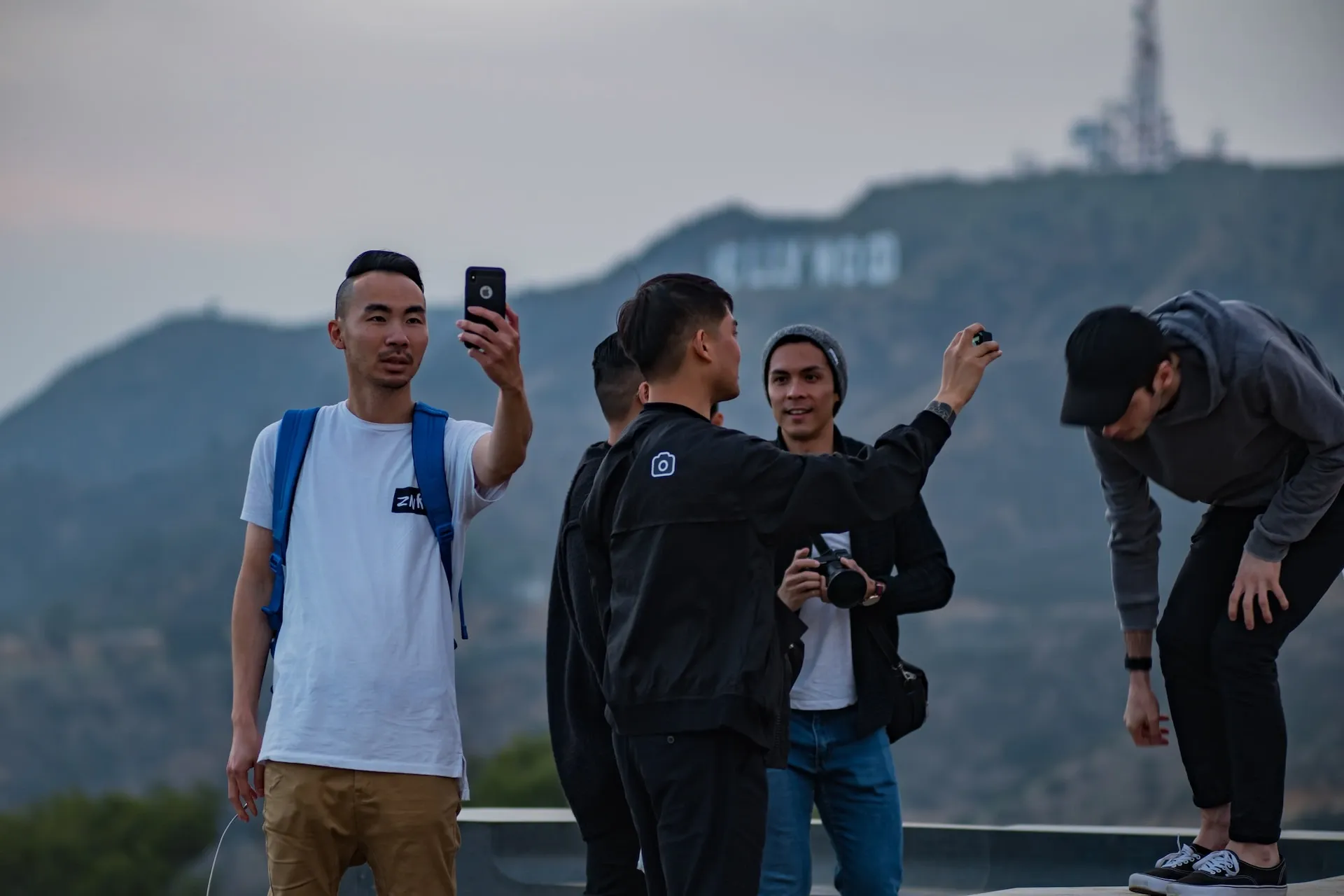
What are the main things to remember when running user-generated content?
Like any other content, UGC comes with a list of dos and don’ts. Here are some key tips to remember when running user-generated content.
- Always ask for permission: Yep, we’re banging this drum again. Always explicitly ask for permission, and if you have the time or means, thank the creator personally. This way, you can make people feel appreciated while also steering clear of copyright claims.
- Credit and tag the original creator: If you don’t do this, some viewers might assume the work is your own, or worse, that you’ve stolen it. Tagging the original creator will only take a second and keeps everyone happy.
- Make it easy for people to join in: The best kind of UGC is simple. Don’t make the instructions too complicated. The easier you make participation, the more likely people are to submit their user-generated content.
What are the best examples of user-generated content?
Now that we've gone through what user-generated content is, the different types, and some best practice tips, let’s finish with some of the most effective examples of UGC.
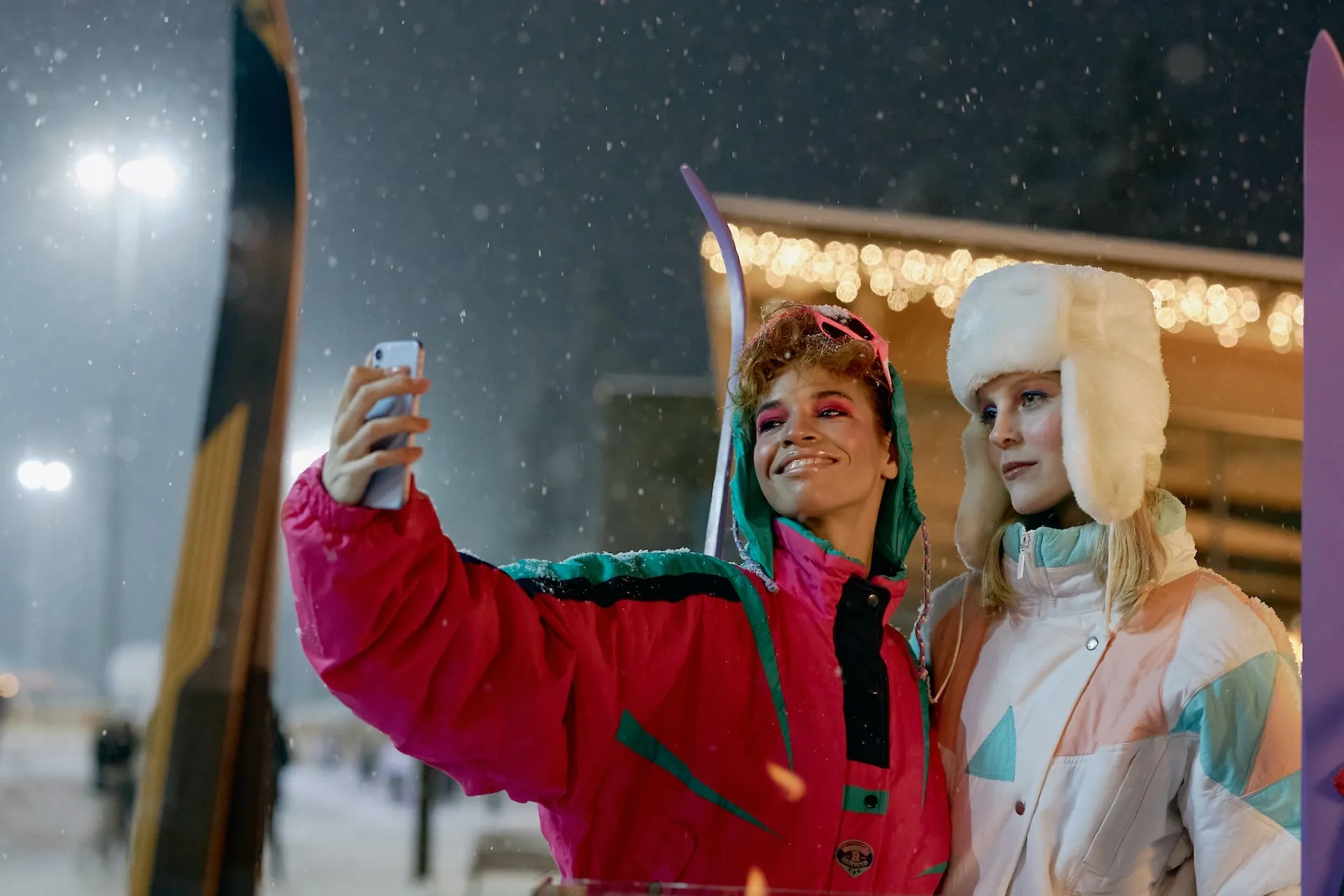
Coca-Cola: Share a Coke
All the way back in 2011 – yep, it was that long ago – Coca-Cola released hundreds of ‘named’ bottle and can variants, with popular first names printed on the wrapping. The brand encouraged people to find their names and share their user-generated content on Facebook, Twitter, Instagram, and more.
The award-winning ‘Share a Coke’ proved so popular that it ran for years, and you could even text your friends’ names to show up on billboards in city centers. There were also bottles featuring song lyrics and nicknames, and you can still get your name personalized on a bottle today if you’re feeling nostalgic.
Even game-changing campaigns like this weren’t without criticism, though. Coca-Cola was slammed for allowing people to print offensive words on the packaging, and for excluding popular names from their in-store offering.
Apple: Shot on iPhone
Most people’s iPhones double up as their de facto camera nowadays, but that wasn’t always the case. In 2014, Apple went out of their way to establish the iPhone as the smartphone to shoot with.
‘#ShotoniPhone’ asked users to take photos on their iPhones and use the hashtag. Simple. Then, Apple would repost said photos and add a short caption, explaining what was so great about the shot.
It seems that Apple reach out to the creator to supply the quote for the caption, too, which is a lovely touch. They’re clearly doing something right, as people still use the hashtag – and Apple still feature user-generated content on Instagram – to this day.
Crocs: #CrocTok
Are Crocs an inspired choice, or one step too far? It’s a debate as old as time, but as social media advances, the opinion-splitting footwear brand refuses to be left on the porch.
Crocs have jumped on the #CrocTok bandwagon, even branding their high-profile Minecraft collab with the hashtag. #CrocTok has been tagged hundreds of millions of times, showing no signs of slowing down. Check out this sponsored #CrocTok post featuring ducks, cowboy hats, and of course, Crocs.
@tooturnttony #ad Wore my pink @Crocs for years, now I got a collection #ad #CrocsAmbassador #CrocTok #Croctober21 ♬ original sound - Tooturnttony
Now that you know the basics and have seen those best-in-class examples, it’s time to go out there and create your own user-generated content campaigns.
If you need something to soundtrack your campaigns and can’t quite find the right tune, or are getting a headache whenever you look at licensing deals, don’t sweat it.
Our catalog is high-quality, affordable, and safe. An Epidemic Sound subscription goes beyond royalty-free music, removing the headache of licensing and freeing you up to do what you do best. You can enjoy the safety of our license hand-in-hand with our massive catalog of 40,000 tracks, covering just about every genre you can think of. You’ll also gain unlimited access to our advanced search functions — finding the right sound’s never been easier.
It’s better than royalty-free. It’s worry-free. Get started with Epidemic Sound below.

Want to know more about advertising music, copyright, and how to download music for your campaigns? Look no further. Raise your advertising game with Epidemic Sound.
Related posts:

